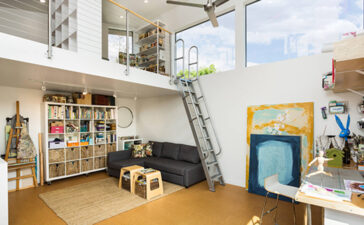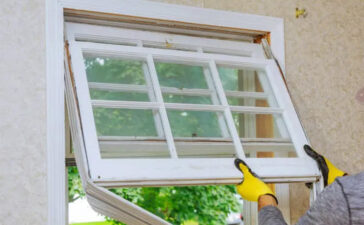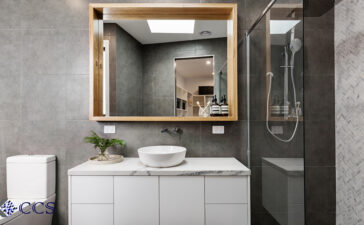Your finished basement is one-step closer to being a reality: your basement framing is done, your plumbing rough-in is rock solid and your wiring is top-notch. All of your inspections have passed and you are ready for a major phase in remodeling your basement – finishing your basement ceiling. Along with visible transformation and masking plumbing pipes, wires, structural bracing, and ductwork, the urgent task is to improve acoustics and moisture or noise resistance, upgrade insulation. When it comes to your basement ceiling, there are two potential paths you can take:
1. Drop (suspended) ceiling:
This option is rather cheap, easy and very popular in a lot of homes. It achieves the activity of covering uncovered pipes and floor joists, but regular ceiling tiles may look a little blasé. Installation can be done with minimal necessary tooling, making this option even easier.
However, installation of suspended ceiling takes off 4-5 inches of room height. It does not sound rosy to make a low basement ceiling even lower than the existing one. Another disadvantage of installing drop ceilings in your basement is its feature to absorb moisture and get weighted down, so it is not a very good idea for the additional epicenter of moisture in the air. An easy access to the pipes, wires and other systems is the most popular proof drop ceiling fans. But think, how often are you going to fix your pipes or change wires? Besides, it is not hard to cut out and replace drywall as well. And, finally, a secret confesses from real estate agents – a drop ceiling in your basement negates some of the home equity.
2. Drywall Ceiling:
The project on an installation of drywall basement ceiling follows the same technique as hanging drywall in any other room. The price of drywall is nearly the same or cheaper than suspended ceiling installation. The cost of drywalling a basement ceiling depends on framing around the wires and pipes installed below the joists. As in the last 10-15 years, almost all pipes and wiring are hidden above the bottom of the joist in the modern houses, there is no need in additional framing, and the price for drywall basement ceiling has significantly decreased.
Professional installation of both suspended ceiling or drywalling the walls is a fairly big and hard project. It is highly recommended to hire a crew of pros to avoid improper measurements, extra expenses on materials and ill-fitting joints.









